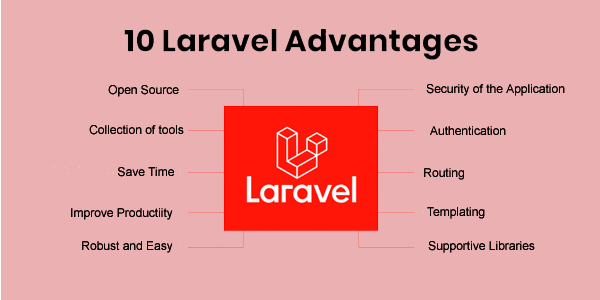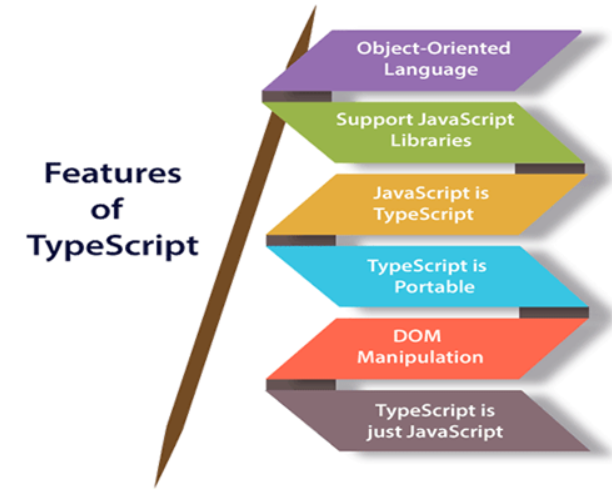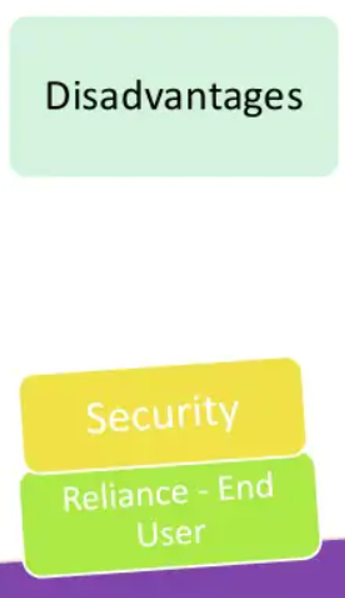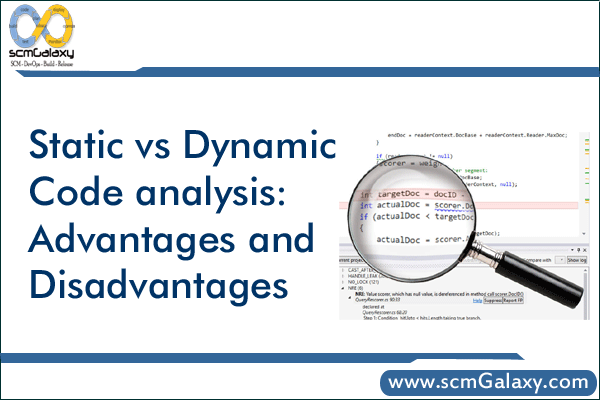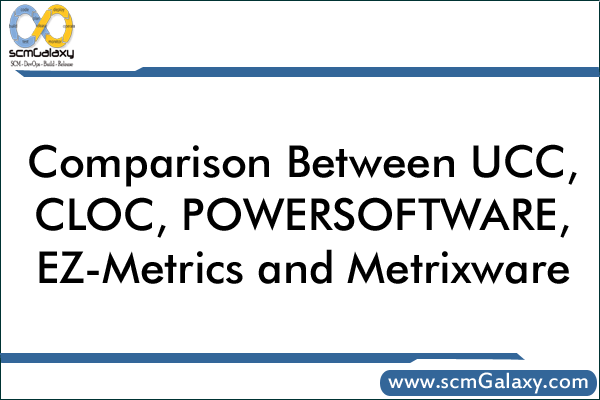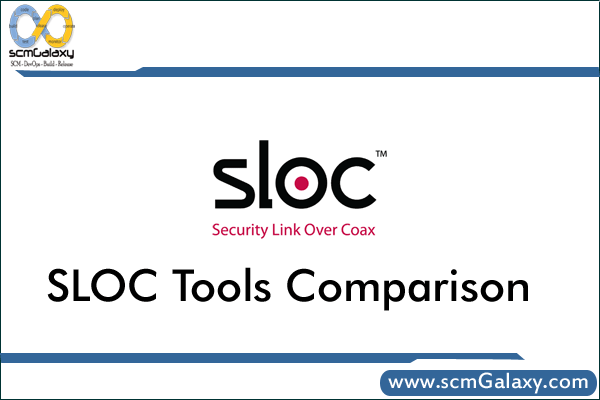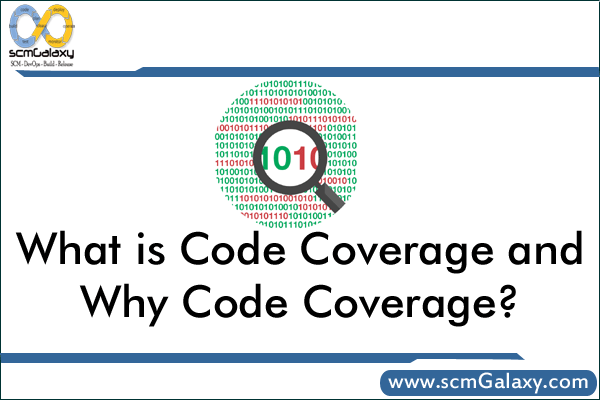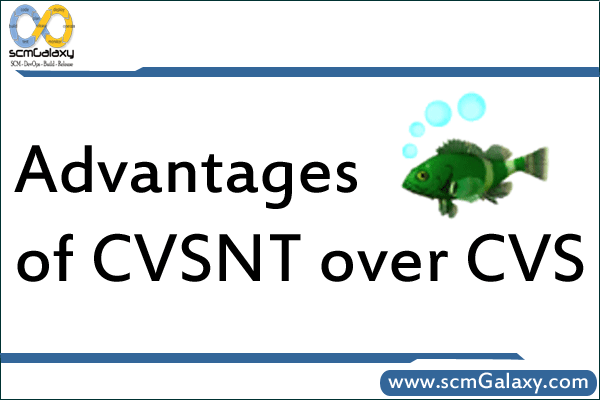Website design process to create a website for planning and updating. Website design includes information architecture, user interface, website structure, website layout, navigation ergonomics, contrast, colors, fonts and more. Design of icons along with imaging.
HTML is one of the most important aspects in website design that should be taken into consideration. HTML coding commands are very simple. In addition, various Internet browsers are designed to make HTML easy to read. Designing a website is not a very difficult task if one follows a systematic process. If the procedures are not followed, it may be more difficult than rocket science.
HTML is for hypertext markup language and is a primary building block for building a website. HTML to create Web pages. HTML elements are represented by the tags. HTML tags identify content elements such as “title”, “title”, “paragraph”, “table”, and so on. The browser does not display the HTML tags, but use them to display the contents of the page.
HTML Tags:
In HTML are tags of three main types; Opening tag, closing tags, and content tags. Each tag has its own individual working methods. All these tags help us to run our programs and documents correctly and without any errors.
The HTML program is started using the tag. This tag indicates that the HTML code or text that is displayed in the browser.
The second tag in any HTML document is the tag. It represents the title tag webpage.
The most important tags; Body tag; Indicates all visible content on the web. It represents all sub-tags to tag web pages.
<P>- This represents the paragraph tag webpage.
<Article>- Indicating that tag, it is an article on the webpage.
<H1> – This tag represents the title; <H2>
represents the subtitles and so proceed.
<B> – defines the bold text.
<I> – Defines the italic text.
<U> – to underline the text on the webpage.
<Table>To create Excel-like tables on the website.
Advantages of using HTML:
- helps us show our documents and files to an HTML website.
- HTML is a very easy language, so anyone can learn it and do the job.
- HTML is an easy language to program. It helps programmers to write code to your website without error and without any mistake.
- Free to use HTML and easy to learn.
- All browsers support HTML language.
- Easy to edit HTML documents.
- HTML is light and it is the root of all programming languages.
If you struggle with your HTML coding assignments, please send your do my HTML homework for me request to experienced programmers.
Tagged : Advantages / HTML / tags / Website

